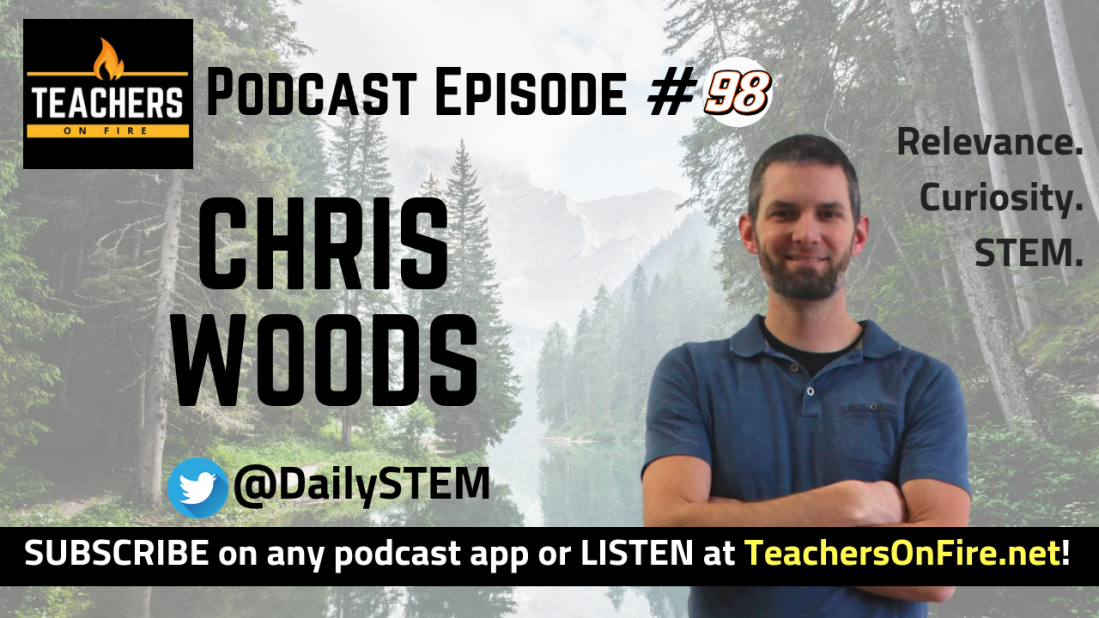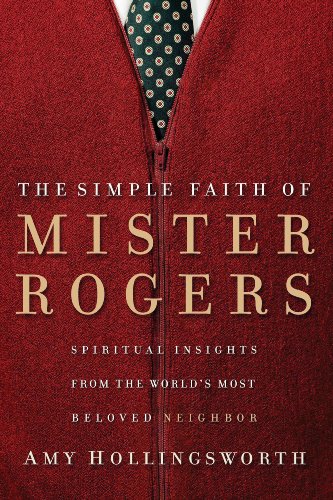Meet Caitlin Krause
CAITLIN KRAUSE is a learning and design specialist, education leader, keynote speaker, and an authority on VR, AR, and AI. She is also the author of Mindful by Design: A Practical Guide for Cultivating Aware, Advancing, and Authentic Learning Experiences.
In addition to experience as a computer programmer, Caitlin has taught and developed curriculum at K-12 schools in the United States, Belgium, and Switzerland. Today, she owns and operates her own company which allows her to facilitate meaningful learning experiences for learners around the world.
Caitlin is fascinated by the intersection of arts, collaboration, communication, relationships, and the newest applications of XR technology. Her learning and teaching is predicated on the idea that we learn and grow as whole human beings, and she resists the disciplinary walls and binaries that we often erect between subject areas in education.
Lessons Drawn From a Novel Failure
“Isn’t it great that we are not great at everything?” Caitlin asks rhetorically. “Life is not a simulation. It’s beautiful that we’re not in control.”
Caitlin recalls introducing a novel to a British literature class for juniors. It was a novel that resonated powerfully with her, and she was sure her students would connect with it. But it required a lot of deconstruction, it lacked a compelling love story, and no matter how much she wanted it to work, it became a serious struggle to work through it with this class.
Eventually, she worked through her own resistance to the situation and embraced the failure and necessary surrender that followed. It was a reminder that what is close to our own hearts may not be close to the hearts of our learners. We need to meet them where they are, and sometimes that means letting go of our treasures.
Teacher Wellness
Caitlin has created an online course for educators on the topics of mindfulness, SEL, and teacher wellbeing. Statistics tell us that many teachers struggle with anxiety and burnout, and we see many teachers leaving the profession after only a few years in the classroom.
We need to remember that humans are reactive beings, and the effects of being constantly on and emotionally available for days on end can be damaging in the long-term. Mindfulness is a practice that offers some powerful counter-effects to these emotional demands. Even though mindfulness can actually raise stress in the short-term as practitioners recognize sources of anxiety, over the long term it has been shown to decrease anxiety as we raise awareness and address sources of stress more proactively.
Mindfulness and self-awareness are powerful measures for learners, too, as they adopt simple practices of quiet reflection, intentional breathing, gratitude exercises, and other strategies for self-regulation. As anxiety comes down, opportunities for learning increase.
Mindful By Design
In 2019, Caitlin published Mindful by Design: A Practical Guide for Cultivating Aware, Advancing, and Authentic Learning Experiences (Corwin Press). Caitlin is an authority on AR and VR and anticipates a major shift in the adoption and application of these technologies in learning spaces throughout 2020. She sees them shaking up teaching, learning, storytelling, site exploration, and other immersive learning experiences. Although the applications are powerful and improving all the time, she also points out that the deep learning actually happens before and after students utilize these technologies.
Advances in Artificial Intelligence
We see AI technologies creeping into the learning environments more and more each year, and tools like Google’s Smart Compose, Google Home, or Apple Siri are making content more accessible for all learners. Artificial intelligence often conjures notions of sci fi and Ex Machina, but AI technologies are serving learning well and informing the improvement of a lot of applications. Caitlin shouts out John Carmack’s interview on the Joe Rogan Podcast and celebrates the amazing innovations he has led at Oculus.
Voice commands and operating capacity continue to improve across all devices, and Caitlin is fascinated by the research that MIT and other authorities are pioneering regarding the recognition of human emotion through facial expression and speech. The companies and institutions leading innovation in AI technologies require richer and more diverse data sets, she observes, noting that “You’re only as good as your data set.”
Making sure that a diversity of cultures, genders, and other factors are properly represented and included remains a central challenge, complicated in some contexts by privacy issues. There are obviously some important ethical questions to be asked and answered regarding how these companies and institutions source their data sets.
Relationships with Robots
Caitlin bears no ill will toward robots – in fact, her approach is much the opposite. “I think it’s good to be considerate to our robot friends,” Caitlin chuckles. “I kind of bristle when someone yells at Alexa.” Machine life and artificial intelligence is taking us into some interesting philosophical territory, particularly as we experiment with creative impulses for robots. Yes, a robot can write a piece of poetry or create a song, but does it have a soul? These are some of the essential conversations that must continue going forward.
Saving Room for Anomalies
Additionally, Caitlin notes that AI devices and technologies must always leave room for the element of surprise and irregularity. In other words, if AI algorithms learn our profiles so effectively that they can supply us with a steady stream of content tailored exclusively for expressed interests, passions, and familiar comforts, we actually reduce or eliminate our exposure to unusual content that has the power to provoke curiosity and inspire further learning. We already see that segregation at work in social media networks and news aggregators, and to lose further ground would be a significant loss to humanity.
“They say the brain learns the best when it has the element of surprise, when expected patterns are broken,” Caitlin says. How much can we be surprised? This is a great question to ask ourselves as educators and lifelong learners.
What Else is Setting Caitlin on Fire in Education
The metaphor of being on fire is an apt one for Caitlin, and she takes a hopeful view of how voice and creativity and storytelling will continue to strengthen and add momentum to learning. Our fire is essentially the stuff that we find meaningful, she says, and it’s up to us to spread those ideas to others.
We’re all telling stories as educators, and it’s our place to invite listeners to enter into these stories and write their own heroic odysseys as they enter into unknown spaces and then tell their own tales. “It makes me really excited to be in worlds where not only can we lift each other up but we get to stay curious, stay connected, and create love over fear,” she says.
Professional Goals for 2020
Last year was the year of her book, Mindful by Design, and 2020 will be her year to spread her message, ideas, and mentorship. The book is applicable at so many levels, including education systems, leadership, teacher wellbeing, and classroom practices, and she wants to continue to develop online supports for those who wish to integrate these values and strategies into their own unique contexts.
She also wants to continue to build SEL training through immersive VR experiences and AR applications. It’s a fascinating area that requires further development but offers tremendous promise for the future. Will we see a day when groups of educators can connect in virtual environments to practice breathing and mindfulness exercises together? Perhaps that day has already arrived.
Other Personal Passions
“I’m a very human, curious learner,” Caitlin says, “and anything involving photography really excites me.” She’s enjoyed cameras since childhood, and treasures the activity of photography as a mindfulness tool. She also comes alive during opportunities to run outside, especially trails that wind their way through picturesque settings through the woods or along the ocean. Last but not least, Caitlin loves consuming and learning about chocolate from European countries and around the world – so much that she’s even tempted to write about it some day in the future.
Productivity Hacks and Philosophy
One of Caitlin’s favorite productivity hacks is to break simple numerical goals into smaller pieces. For example, instead of aiming for 20 full push-ups, she sets a goal of 40 half push-ups, which gives her a greater sense of momentum and optimism about achieving the target.
She also avoids goals or resolutions of deprivation, choosing instead to always frame her actions in a positive light. “Being productive means realizing that we are not our worst enemy, so be kind and gentle to yourself,” she encourages.
Finding ways to gamify our goals – even simple routines or chores like cleaning – can add joy and pleasure to ordinary exercises of productivity. She shouts out Lisa Johnson’s book, Creatively Productive, as a convincing argument that productivity doesn’t have to look like grueling deprivation or robotic behaviors.
Voices & Resources That Inspire Her Practice
Over on Twitter, Caitlin recommends following Kent Bye @KentBye: historian, philosopher, and host of the Voices of VR podcast. She also shouts out the New Hampshire’s Poet Laureate, Alexandria Peary @WriteMindfully, someone who’s done some interesting work around the effective use of mindfulness to break through writer’s block.
One edtech company that Caitlin has her eye on is Engage, which is doing some innovative work to support learning experiences in VR environments. Another company called 3D Bear is pioneering some exciting AR technologies as well. Consider following both industry leaders on Twitter @3DBearOfficial and @VReducation.
Two books that have impacted Caitlin’s thinking recently are There There by Tommy Orange and Get Weird: Discover the Surprising Secret to Making a Difference by CJ Casciotta.
Caitlin does enjoy podcasts, and she’s especially a fan of the big ones: Radiolab, This American Life, and The Moth. Any content that includes a mix of storytelling and technology will tend to hold her attention.
On YouTube, Caitlin makes a shameless plug for her own channel where she plans to post more creative work in 2020.
When she’s feeling relaxed and ready for some pleasure viewing, Caitlin is streaming Mr. Robot, The Good Place, and The Watchmen on Netflix and Amazon.
Before we sign off on this conversation, Caitlin shares some beautiful poetry pieces. Make sure you’re in a relaxed setting and enjoy.
To connect with Caitlin and learn more about what she’s all about, make sure to check the links below.
Connect with Caitlin:
- On Twitter @MindWise_CK
- On Instagram @Mindwise_CK
- On her website at https://caitlinkrause.com/
- In her book, Mindful by Design: A Practical Guide for Cultivating Aware, Advancing, and Authentic Learning Experiences.
Connect with the Teachers on Fire podcast on social media:
- On Twitter @TeachersOnFire
- On Instagram @TeachersOnFire
- On Facebook @TeachersOnFire
- On LinkedIn: Tim W. Cavey
- On The Teachers on Fire Magazine
- On YouTube: Teachers On Fire
Subscribe to the Teachers on Fire podcast on your mobile device:
- On Apple Podcasts: https://apple.co/2ozOTRb
- On Google Podcasts: https://goo.gl/iA6swC
- On Anchor: https://anchor.fm/teachersonfire
- On Spotify: https://spoti.fi/2QkF2KW
Song Track Credits
- Intro: Easy (by Mike Cosmo — license purchased at https://taketones.com/)
- Outtro: Bluntedsesh4 (by Tha Silent Partner, courtesy of FreeMusicArchive.org)
Listen on YouTube and subscribe to the Teachers on Fire channel!
*This page contains Amazon affiliate links.
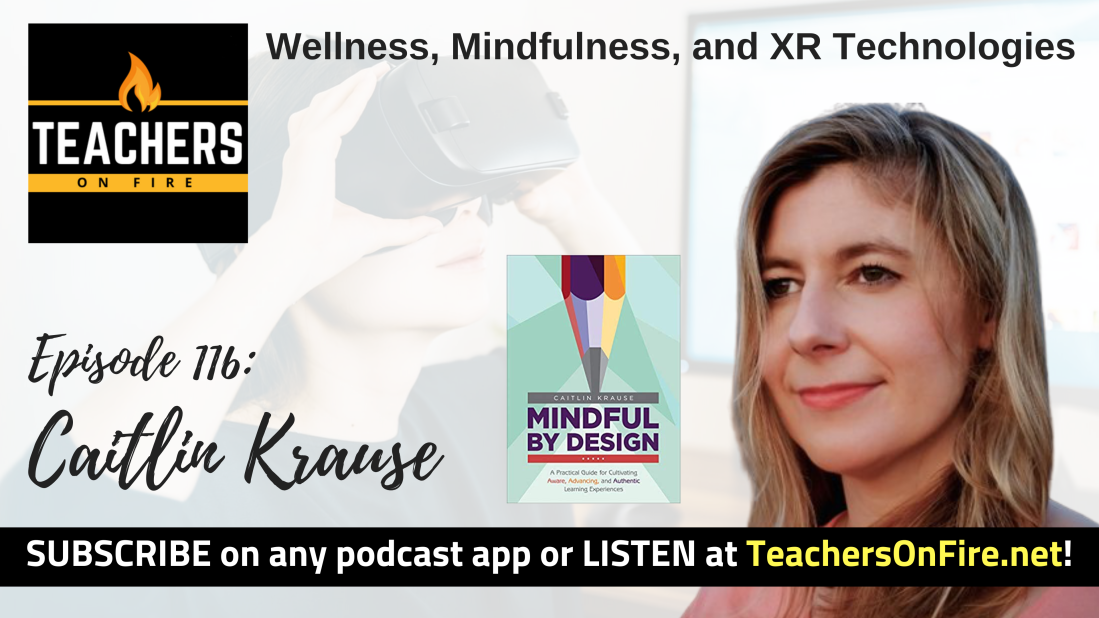
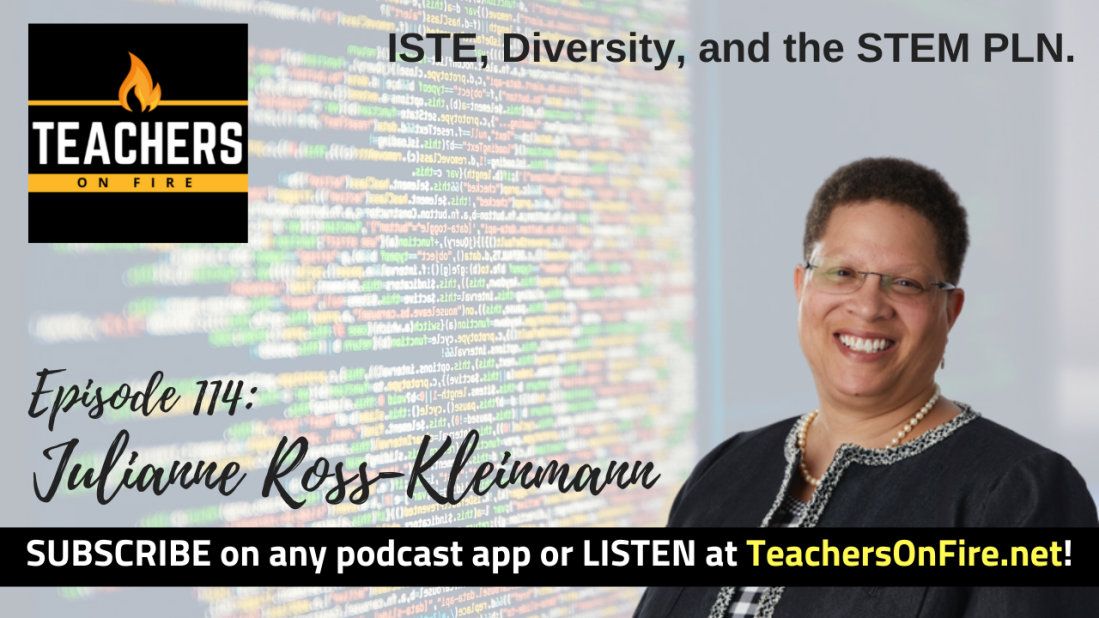
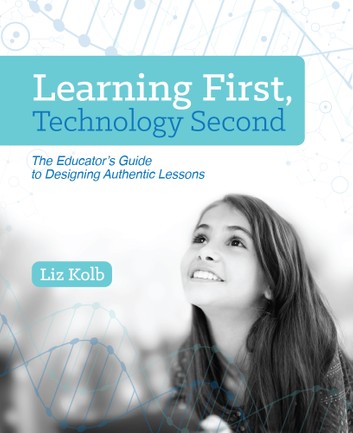 Juli’s book pick is
Juli’s book pick is 